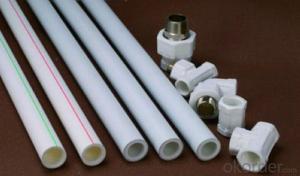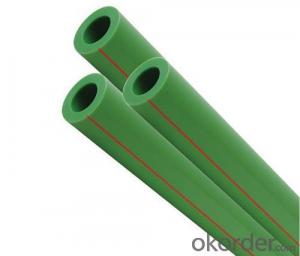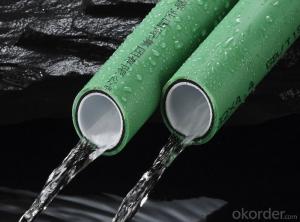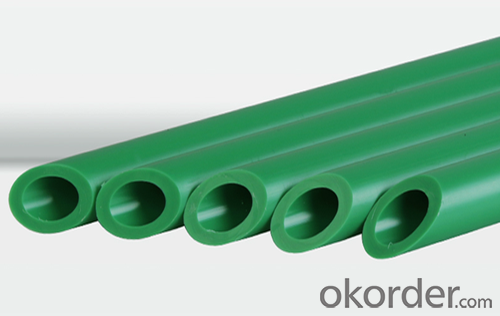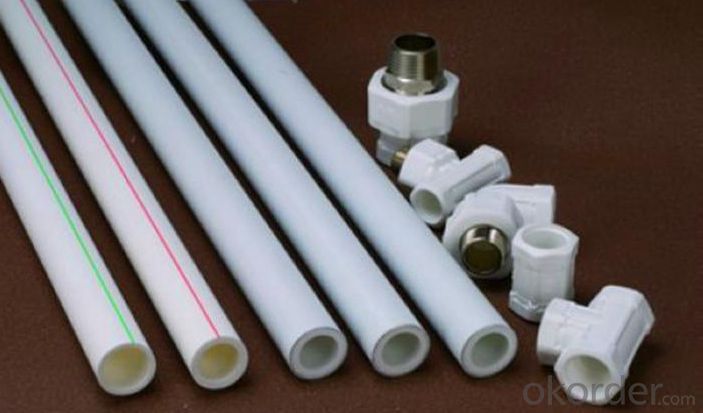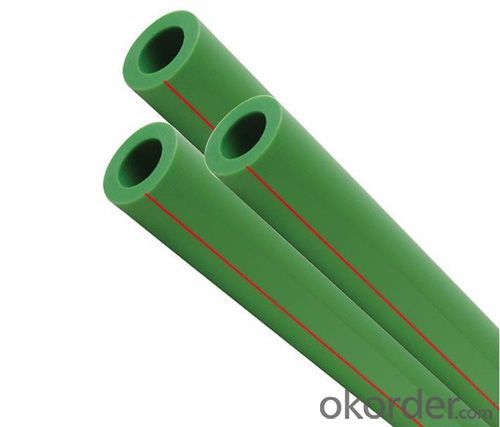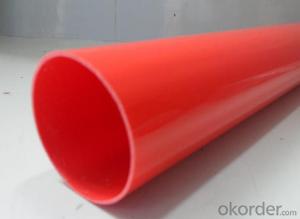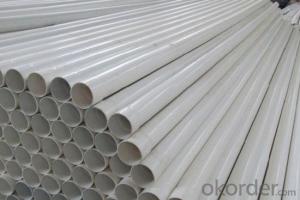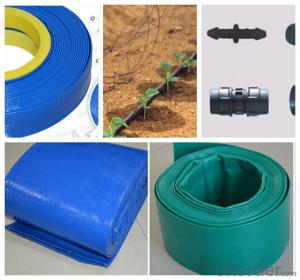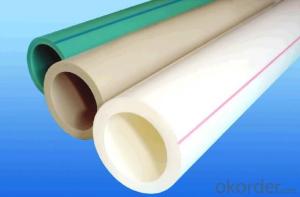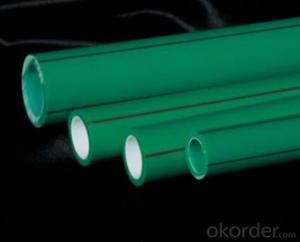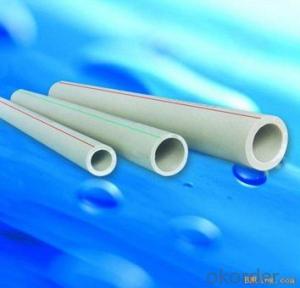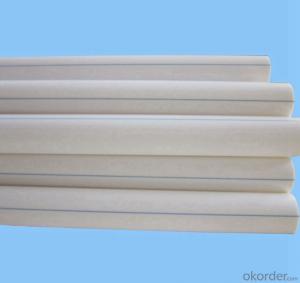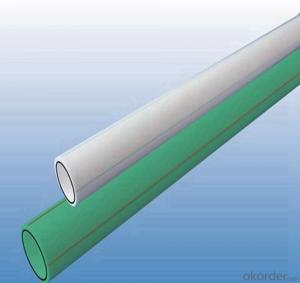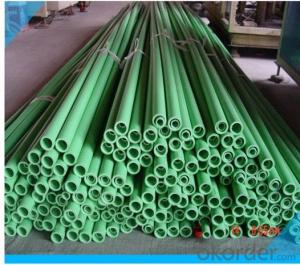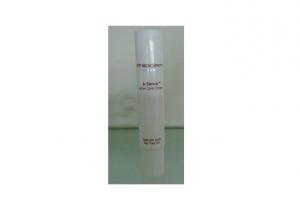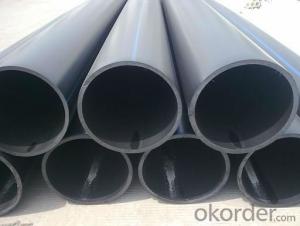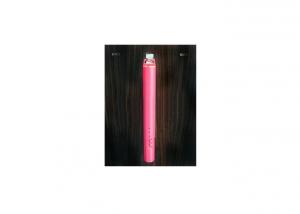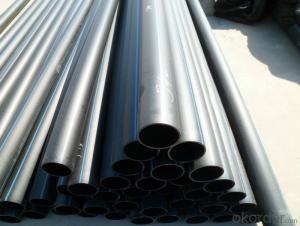Plastic Tubes for PPR Pipes in Industrial Fields, Agriculture, and Garden Irrigation
- Loading Port:
- Tianjin
- Payment Terms:
- TT OR LC
- Min Order Qty:
- 1000 pc
- Supply Capability:
- 1000000 pc/month
OKorder Service Pledge
OKorder Financial Service
You Might Also Like
Introduction of Our Products:
PP-R (polypropylene random) pipes are adopted thermal welding technique during the project of hot / cold water transmission. The comprehensive technical performance and economic indicator of PP-R are much better than galvanized pipe, UPVC pipe, polyethylene-aluminum compound pipe, PE-X (cross-linked polyethylene) and polybutylene pipe etc. For this reason PP-R is the leading products and widely used for feed-water piping in developed countries in Europe and America
Nowadays PP-R pipes win more attention and have been used all over the whole world more widely with its excellent sanitization performance, high heat resistance, compression resistance, corrosion resistance, pliability and seismic performance which make PP-R the real environmental friendly pipe.
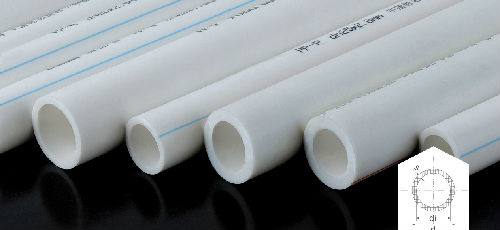
Quick Details
Material: PP-R, PPR
Technics: injection
Type: pipe
Place of Origin: China (Mainland)
Model Number: 20-110MM
Connection: Welding
Shape: Equal
Head Code: round
Product Type: Ppr pipe
Color: white, grey, green
Item number: DSE001-DSE010
Standard: DIN 8077/8078
Length: 4 meters
Certification: ISO9001, CE
Material: PP-R, PPR
Technics: injection
Type: pipe
Place of Origin: China (Mainland)
Model Number: 20-110MM
Connection: Welding
Shape: Equal
Head Code: round
Product Type: Ppr pipe
Color: white, grey, green
Item number: DSE001-DSE010
Standard: DIN 8077/8078
Length: 4 meters
Certification: ISO9001, CE
Product Descrition
1.Material : | PPR |
2.Color: | White, Gray, Green, or as you required. |
3.Size: | 20-110mm |
4.Logo: | CMAX or Customized |
5.MOQ: | 500pcs |
6.Samples Time:
| (1) 4-5days-If you want to customize your logo. |
(2) 1day-For our existing samples for reference. | |
7.OEM Accepted | Yes |
8.Certification available: | Yes |
9.Packing Details: | Weaving Bag |
10.Production Capacity: | 5,000,000pcs Per month. |
11.Payment Term: | (1) L/C,T/T,D/P |
PPR Pipes Features and Advantages:
1. Sanitization & Non-poison: This product is green building material which is able to use for pure clean drinking water pipe system. No heavy metal additives would not be covered with dirt or contaminated by bacterium.
2. High Temperature Resistance: the maximum sustained working temperature is up to 70 Degrees Celsius, the maximum transient temperature is up to 95 Degrees Celsius.
3. Corrosion-Proof & Non-Fouling: Resist chemical matters or electron chemical corrosion. Able to avoid the pipe's fouling or blocking as well as the blemish, rust on basin and bath.
4. Heat Preservation & Energy-Saving: Excellent heat insulation features, minimal thermal conductivity which is only 0.5% of the conductivity of metal pipes.
5. Less Weight & High Strength: Its proportion is only 1/8th of metal pipe’s, with pressure-proof strength up to over 5MPa(50kg/sqcm),high tenacity and impact resistance.
6. Beautiful Appearance & Higher Flow Capacity:Smooth inner and outer surfaces, less flowing resistance, soft color and beautiful figure.
7. Easy and Reliable Installation: Using heat melting joint without sleeve wire, and taking few seconds for connecting and adopting good quality copper inserts to connect the metal pipe and basin.
8. Long Using Life: The pipe system can be used for over 50 years under normal condition.
9. PP-R is recyclable and environmental friendly.
Product Show
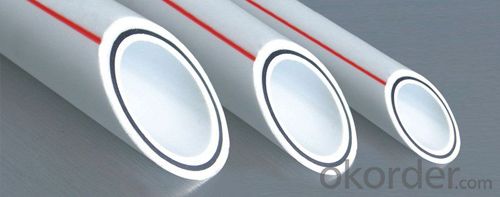
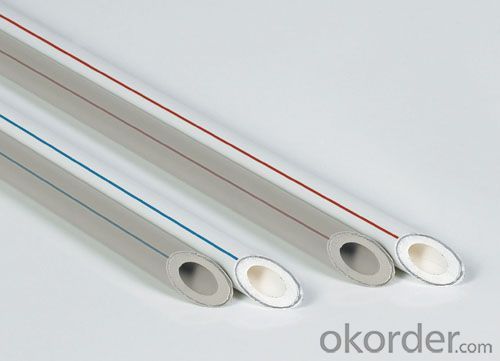
Advantages
1)100% excellent raw materials ,safe and hygeian .
2)Drinking water pipeline system.
3)Recyclable ,benefit to the environment
4)Resistance to abrasion and corrosion.
5)Connected by heating ,leakage prohibit
6)Long lifespan,Minimum 50 years life time at 60 or 70°C and 10 bar maximum pressure
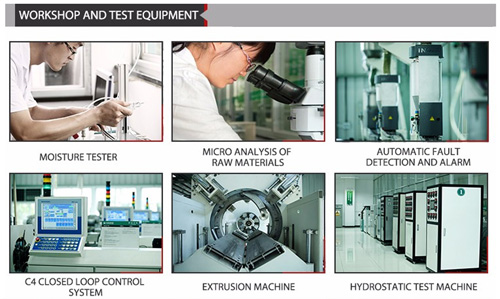
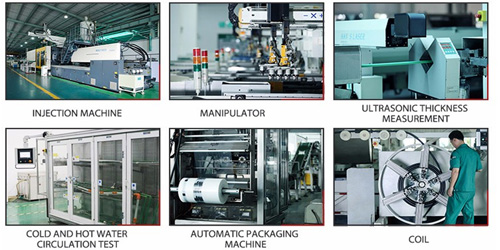
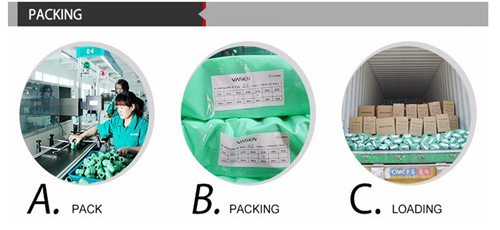
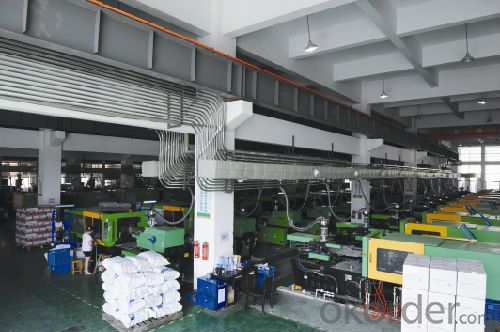
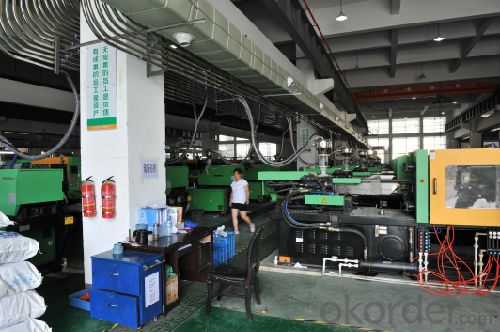
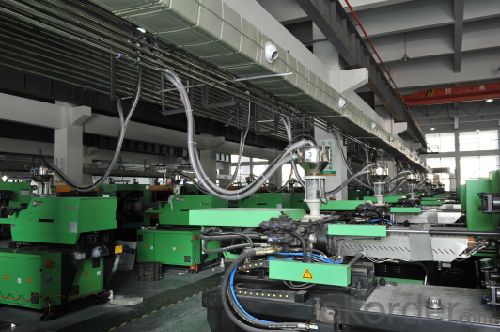

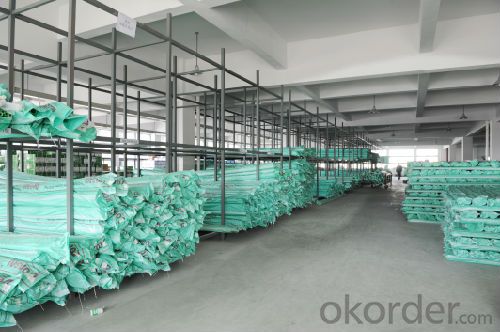

- Q: What is a tube bird feeder?
- Tube feeders are cylindrical feeders that let small amounts of food or water out at a time (water dispensers can be silo style where small amounts are let out at a time or water bottle style where the bird sucks the water out). You still have to be careful with seeds because hulls can build up and with water clean frequently. If using a water bottle make sure the bird defidently knows how to drink from it and that it is working before switching completely. They are designed to limit mess but usually are not preffered by most bird owners.
- Q: What is the PPR plastic pipe?
- PPR is the abbreviation of English random copolymer polypropylene (Polypropylene-Random). Commonly known as type three polypropylene.PPR pipe is galvanized pipe, UPVC pipe, plastic pipe, PE pipe, PE-X pipe, PE-RT pipe product updates.
- Q: What is the name of the popsicle that comes in a plastic tube and breaks in half?
- For the best answers, search on this site https://shorturl.im/awL93 Spunk donors
- Q: I want to bleed my clutch but I was wondering if I can do it without the plastic tube that goes on the bleed nipel??? Help?
- Yes get a one man bleeder kit ,there very cheap ,it will have a syringe that will get bleeding started then it will just gravity bleed, I have Never needed a second person with Integra ,very easy job , I have done over 100 clutch masters ill bet all with a perfect pedal when i was done,,if you replaced slave cylinder you wasted your money ,,20 years on acura cars I never seen one leak ,good luck...O Also don't go nuts worrying about old fluid soaked rags and such . just don't get on paint,..and its water soluble so if you do just hose it off ..i never seal old rags in plastic bags and crap like that like the other dude said ,i respect he does but its overkill ..lol
- Q: EXACTLY WHERE AT THE MOUTH OF A PLASTIC TUBE DOES THE PRESSURE NODE FORM? (Dealing with standing waves in air)?
- Level with the open end. Pressure nodes form where there are displacement antinodes and displacement nodes form where there are pressure antinodes If you look at the diagram, this will be clear.
- Q: Are plastic tubes suitable for structural applications?
- No, plastic tubes are generally not suitable for structural applications as they lack the strength and durability required to support heavy loads or withstand significant forces.
- Q: I once saw a tunnel tube part that is just a small flat part with holes in it. It would allow you to connect, say, two cages together and allow the hamsters in those cages to see and smell each other but NOT pass through. I have been looking for this part but I cannot seem to find it again. If anyone has a website, I would appreciate it very much
- Petco petsmart try OKorder OKorder for better prices but most definately petco n.petsmart will hav wat ur looking for!!!!!
- Q: I recently bought my house in the dead of winter while there was snow on the ground. The snow has recently melted and revealed that there is about a 6-8 inch plastic tube sticking out of a hole in my lawn. Anyone have any idea of what it is? It is flush with the grass and close to the sidewalk.
- It's probably a vent for a drain line that drains runoff from the sidewalk away from the house. If you dug down, you'd find a length of perforated plastic pipe running parallel to the sidewalk, and out into the street or into a storm drain. In heavy rains it keeps water from pooling at the edge of the sidewalk.
- Q: Can plastic tubes be used for greenhouse construction?
- Yes, plastic tubes can be used for greenhouse construction. They are often used as structural elements for supporting and framing greenhouse structures. Plastic tubes offer advantages such as being lightweight, durable, and resistant to corrosion. They can be easily shaped and assembled, making them a cost-effective option for building greenhouses. Additionally, plastic tubes can be used in combination with other materials to create a strong and efficient greenhouse structure.
- Q: How are plastic tubes used in the packaging industry?
- Plastic tubes are commonly used in the packaging industry for various purposes such as storing and dispensing products like lotions, creams, cosmetics, adhesives, and even food items. These tubes provide a convenient and hygienic way to package and distribute these products, allowing for easy application and controlled dispensing. The flexibility and durability of plastic tubes make them ideal for preserving product quality and ensuring efficient use. Additionally, they are often designed with various closures, caps, and applicators to enhance functionality and user experience.
Send your message to us
Plastic Tubes for PPR Pipes in Industrial Fields, Agriculture, and Garden Irrigation
- Loading Port:
- Tianjin
- Payment Terms:
- TT OR LC
- Min Order Qty:
- 1000 pc
- Supply Capability:
- 1000000 pc/month
OKorder Service Pledge
OKorder Financial Service
Similar products
Hot products
Hot Searches
Related keywords

